Name Hans Wegner | Period Good Design | |
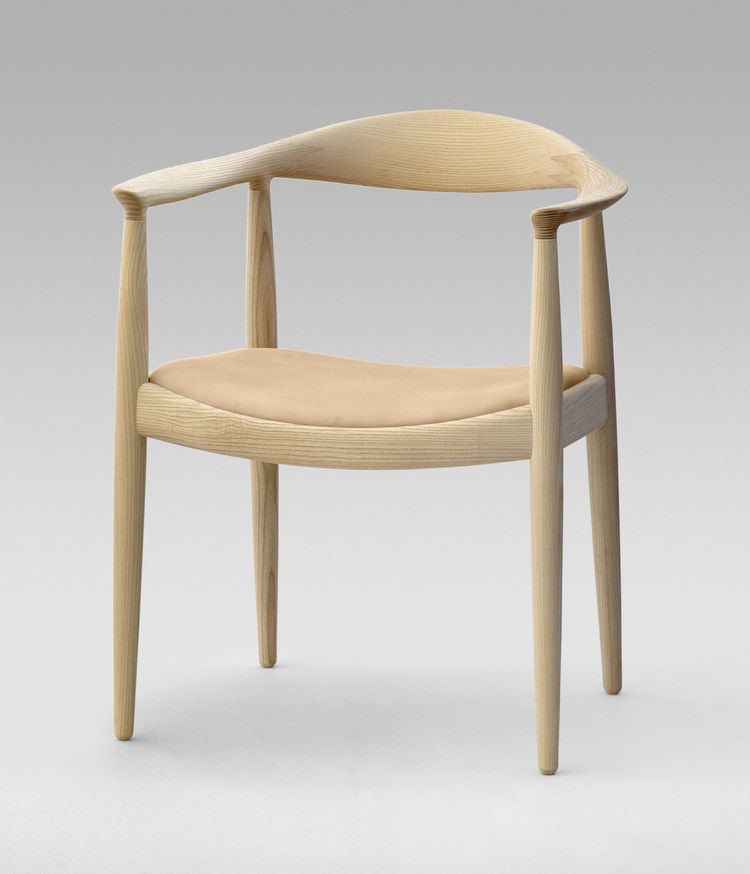 | ||
Died January 26, 2007, Copenhagen, Denmark Parents Nicoline Lausen, Peter M. Wegner | ||
The chair de hans wegner
Hans Jørgensen Wegner, (April 2, 1914 – January 26, 2007), was a world-renowned Danish furniture designer. His high quality and thoughtful work, along with a concerted effort from several of his manufacturers, contributed to the international popularity of mid-century Danish design. His style is often described as Organic Functionality, a modernist school with emphasis on functionality. This school of thought arose primarily in Scandinavian countries with contributions by Poul Henningsen, Alvar Aalto, and Arne Jacobsen. In his lifetime he designed over 500 different chairs, over 100 of which were put into mass production and many of which have become recognizable design icons.
Contents
- The chair de hans wegner
- Hans wegner the chair
- Early years
- Mid years
- Later years
- Honors
- Key Furniture Designs
- Quotes
- References
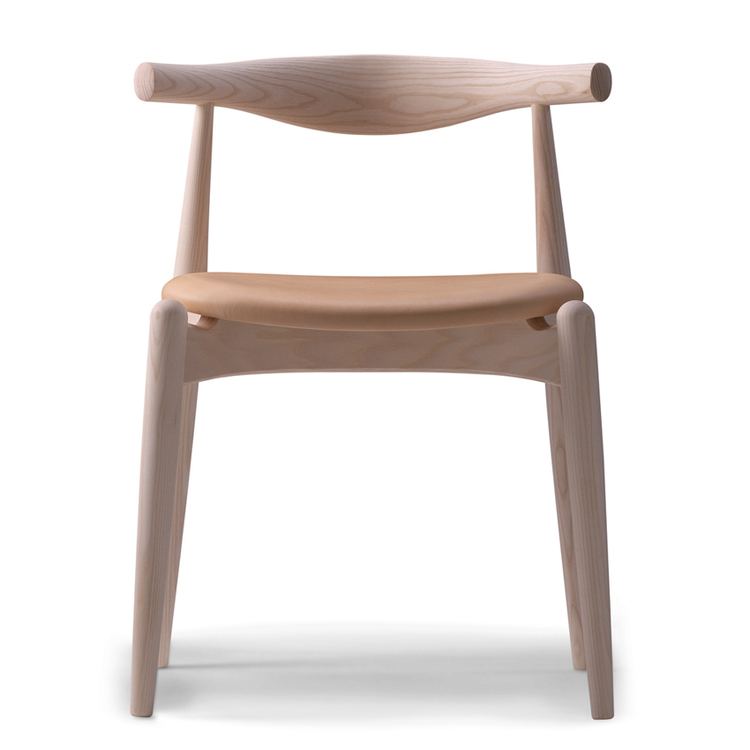
Hans wegner the chair
Early years
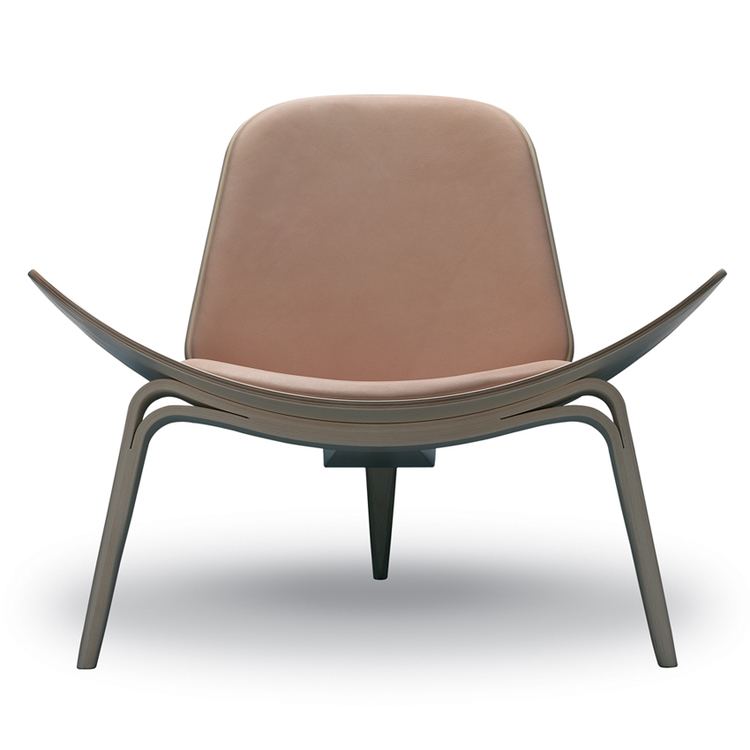
Born to cobbler Peter M. Wegner in Tønder, in southern Denmark, he worked as a child apprentice to master cabinetmaker H. F. Stahlberg. He soon discovered he had a feeling for wood and developed an affinity towards the material. Finishing his apprenticeship at 17 he remained in the workshop for another three years before joining the army. He went to technical college after serving in the military, and then to the Danish School of Arts and Crafts and the Architectural Academy in Copenhagen.
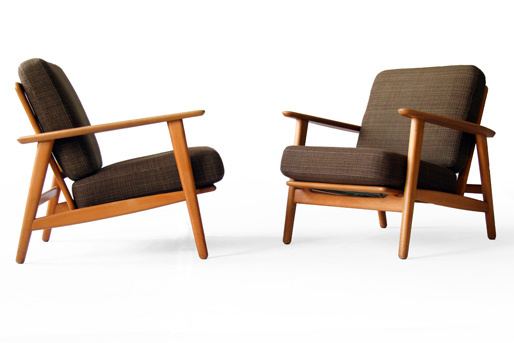
In Copenhagen he became acquainted with the city's Carpenters' Guild Furniture Exhibits, started in 1927. The exhibits were a laboratory for experimentation between Master Cabinetmakers such as Johannes Hansen, L. Pontoppidan, Niels Vodder, Jacob Kjær, A. J. Iversen, Moos and Rudolf Rasmussen and the best architects of the time, such as Kaare Klint, Vilhelm Lauritzen, Ole Wanscher and Mogens Voltelen.
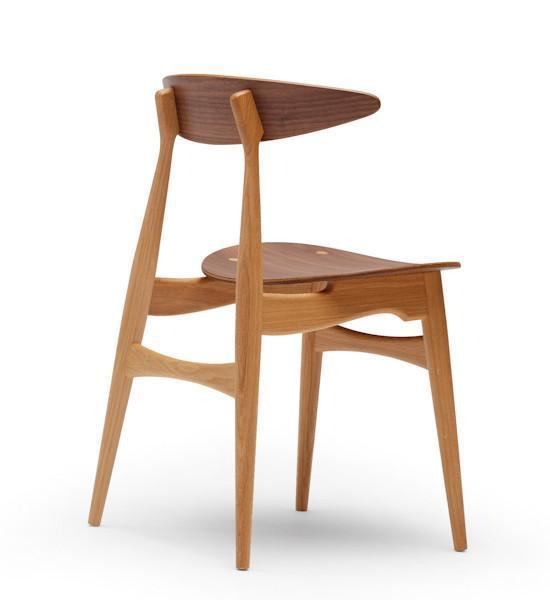
These annual exhibits gave Wegner a first-hand experience of what the combination of workmanship and design could produce. Wegner decided to become a designer with the aim of producing and selling his furniture. Therefore, in 1936, he began studies at what is now The Danish Design School, with O. Mølgaard Nielsen as teacher.

Even his earliest objects, like an armchair with sloping armrests like relaxed wrists (a 1937 design for an exhibit at the Museum of Decorative Arts), exhibited Wegner's approach of "stripping the old chairs of their outer style and letting them appear in their pure construction."
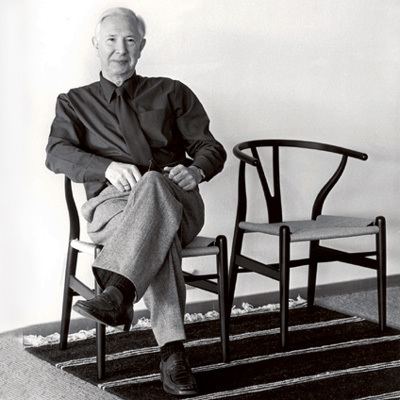
Arne Jacobsen and Erik Møller had established a studio together to design and build Aarhus City Hall. In 1938 Wegner was employed in Aarhus, first under architects Erik Møller and Flemming Lassen and then in 1940 under Jacobsen and Møller. Wegner's task was to design the furniture for the City Hall.
Mid years
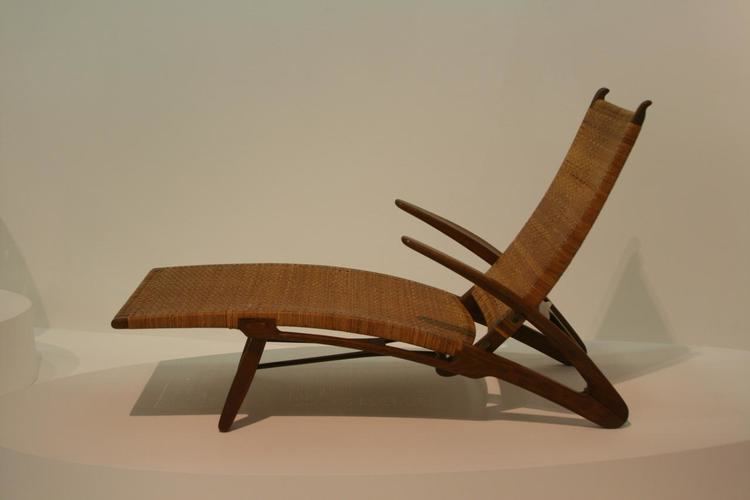
Wegner worked for some time for Arne Jacobsen, a successful Danish architect and designer. Wegner was in charge of the furniture in the Aarhus City Hall, which Jacobsen designed. After some years under Jacobsen, Wegner started his own company. Along with fellow architect Børge Mogensen, he designed furniture for FDB (a Danish chain of grocery stores), spearheaded by Erik Kold - who founded an organization of Danish furniture makers that launched Danish design abroad.
Later years
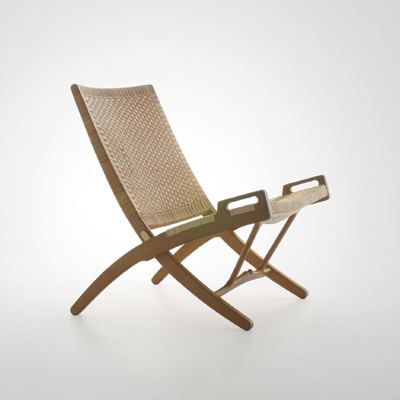
In his later years Wegner became more attached to PP Møbler (which produces many of pieces originally designed for Johannes Hansen) and for whom he designed several chairs late in his life. He remained active throughout his life. An example of his later work is the "Hoop Chair", originally designed in 1965 with a steel tube base and finally put into production made entirely in wood in 1985 (for PP Møbler). Wegner retired from public life only in the last decade of his life.
Honors
Wegner received several major design prizes, from the Lunning prize in 1951 and the Grand Prix of the Milan Triennale in the same year, to the Prince Eugen medal in Sweden and the Danish Eckersberg medal. In 1959, he was made honorary Royal designer for industry by the Royal Society of Arts in London. His furniture is present in multiple international collection including the Museum of Modern Art in N.Y. and the Die Neue Sammlung in Munich.
Key Furniture Designs
Wegner's designs were manufactured by several manufacturers, including Getama, AP Stolen, Johannes Hansen, Andreas Tuck, Ry Mobler, Fredericia Stolefabrik, Carl Hansen & Sons, Fritz Hansen, PP Mobler and Erik Jorgensen.
Many of Wegner's wooden chairs are characterized by traditional joinery techniques including mortise and tenons, finger joints, and sculpted elements such as armrests and seat supports. Wegner also utilized traditional construction for upholstered pieces, and often mixed materials such as solid wood, plywood, metal, upholstery, caning, and papercord.
Wegner said of his work "I have always wanted to make unexceptional things of an exceptionally high quality..." The key designs featured here are known for taking traditional elements and pushing them to extreme tolerances and distillations.
Quotes
"Many foreigners have asked me how we made the Danish style. And I've answered that it...was rather a continuous process of purification, and for me of simplification, to cut down to the simplest possible elements of four legs, a seat and combined top rail and arm rest."
"The chair does not exist. The good chair is a task one is never completely done with."
"A chair is to have no backside. It should be beautiful from all sides and angles."
